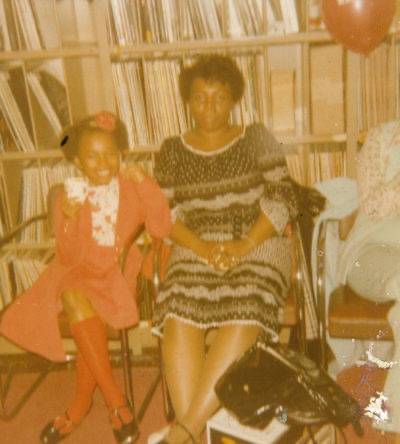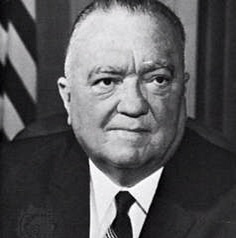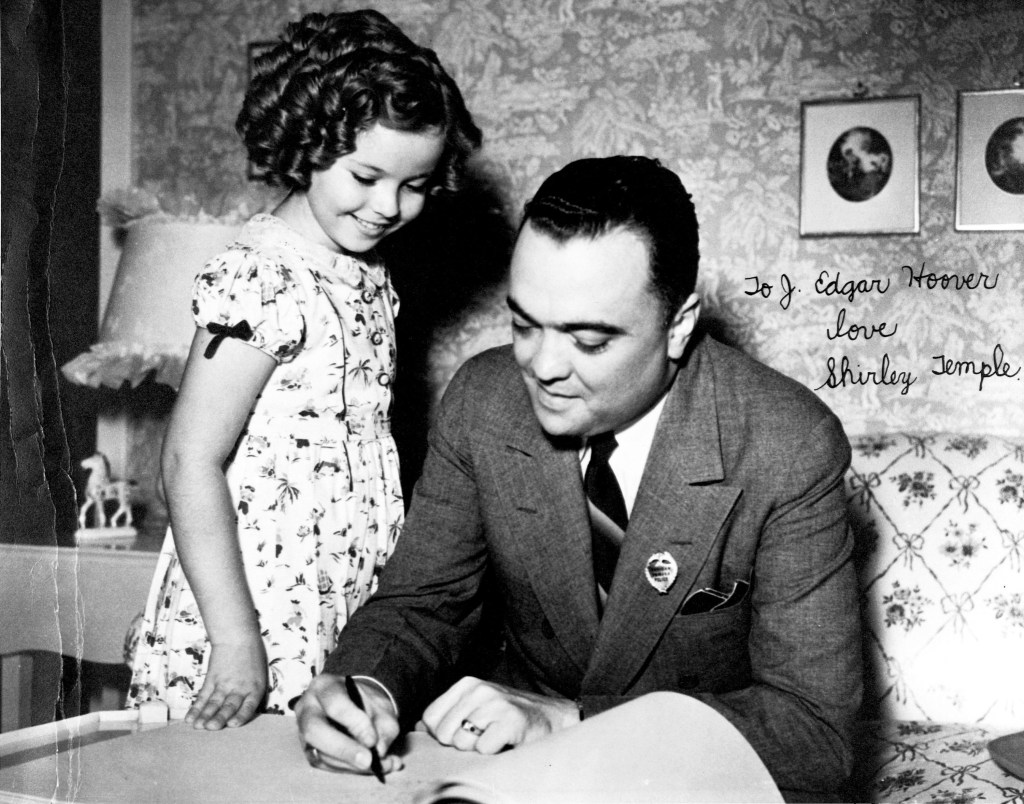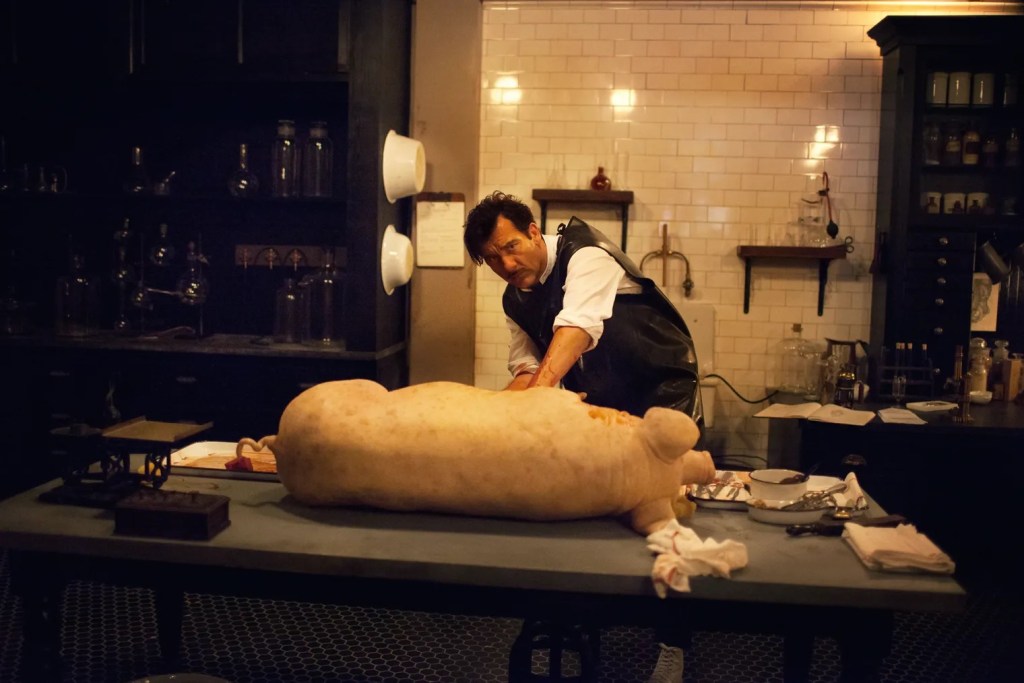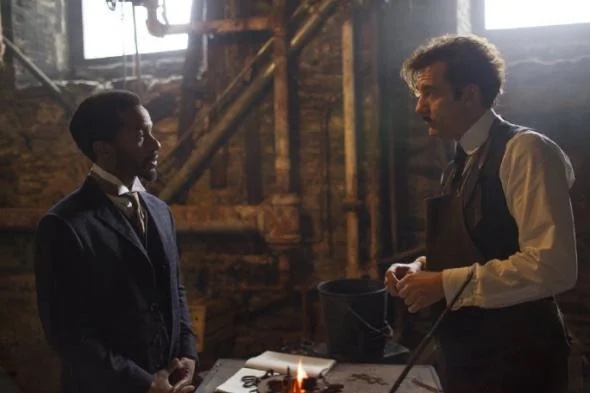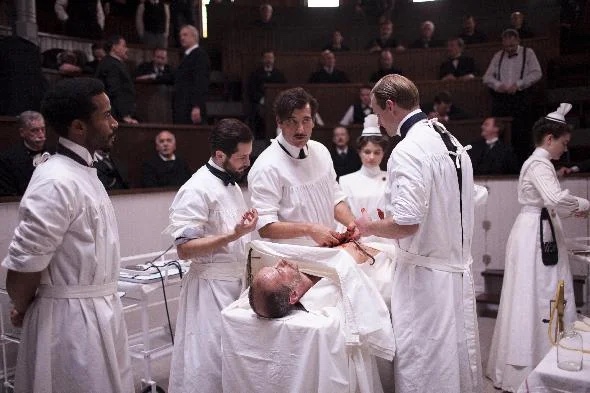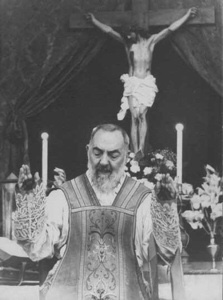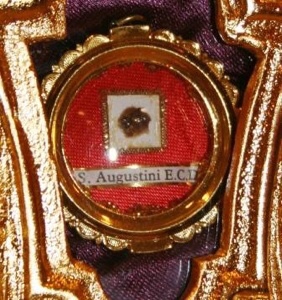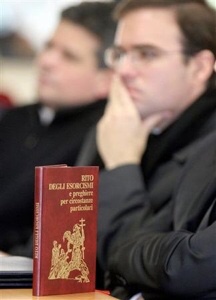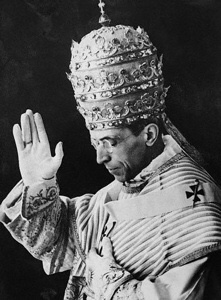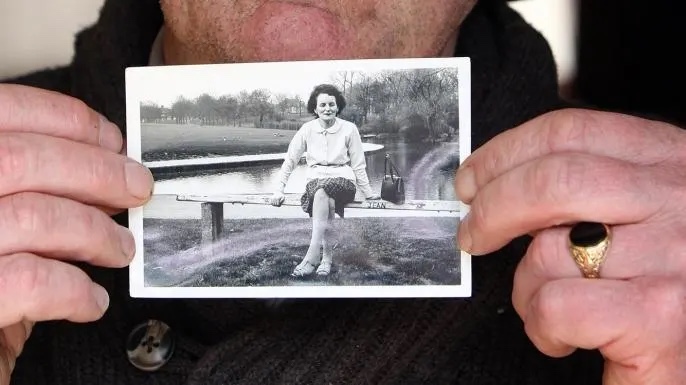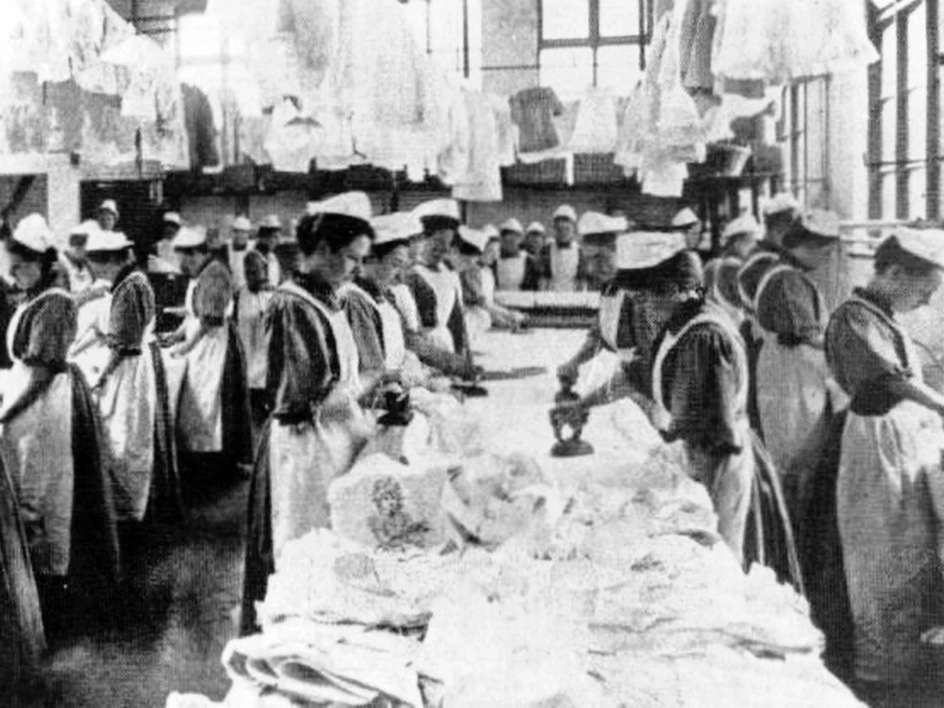1. Banff Springs Hotel, Alberta, Canada

What is it? Built 125 years ago, The Banff Springs Hotel was and is a luxury stop for Canadian train travellers. Now part of the Fairmont chain of hotels, “The Castle in the Rockies” has become an iconic landmark in the region’s picturesque landscape.
Why is it a spooky place to visit? Guests have reported sightings of a bride falling down the staircase and breaking her neck after her dress has caught on fire. But perhaps the strangest of all is the ghost of former bellman Sam Macauley. He’s been seen helping people to their room, unlocking the door, turning on the lights and then vanishing when guests go to tip him. Rooms start at roughly $440 Canadian dollars and the ghosts are free.
2. Bhangarh Fort, Rajasthan, India

What is it? The remains of a fort city built by Raja Bhagwant Singh in 1573 AD. Once a collection of royal palaces, grand temples, bazars and mansions, today the fort is an archaeological site known as the ‘House of Ghosts’.
Why is it a spooky place to visit? Long ago, a magical priest fell in love with the ruler’s daughter, a beautiful princess called Ratnavati. But his love was unrequited, so he cast a ‘love spell’ on her perfume. Ratnavati found out, threw the perfume bottle at him, which turned into a boulder and crushed him. But before he died, he cursed the princess, her family and the entire village. Bhangarh Fort is said to be forever condemned to desolation and inhabited by ghosts, making it one of India’s eeriest locations to visit.
3. The Island of Dolls, Xochimico, Mexico

What is it? A small island south of Mexico City surrounded by the canals of Xochimico. Never intended as a tourist attraction, the island is dedicated to a young girl who died there under mysterious circumstances.
Why is it a spooky place to visit? Known as Isla de las Munecas or Island of the Dolls, the creepy site is home to hundreds of decapitated dolls. But how did they get there? The island’s caretaker is said to have found a drowned girl in the canal. Shortly after finding her, he spotted a floating plastic doll, which he hung in a tree as a mark of respect. For years he hung more and more dolls in order to please the little girl’s spirit. Locals have reported sightings of possessed dolls moving their heads, opening their eyes, even whispering to each other. What started as an innocent gesture has now become one of Mexico’s spookiest attractions.
4. Château de Brissac, Loire Valley, France

What is it? Originally built as a fortress in the 11th century, Château de Brissac is the highest castle in France, with seven magnificent floors, 204 rooms and its own private opera house seating 200 people.
Why is it a spooky place to visit? Home to the Cossé-Brissac family for five centuries, the “Giant of the Loire Valley” has had many notable visitors over the years including King Charles VII. One of the more unearthly guests is La Dame Verte (Green Lady). Murdered by her husband after being caught having an affair, her ghostly figure is often seen in the tower room of the chapel. With sockets for eyes and a nose, when she’s not scaring visitors her screeching can be heard echoing around the castle.
5. Hill of Crosses, Šiauliai, Lithuania

What is it? A collection of over 200,000 wooden crosses on a small hill in Šiauliai, north Lithuania. The Hill of Crosses started as an act of rebellion in 1831 against the Russian uprising. Religion was forbidden by Soviet Russia and the hill was bulldozed twice during the occupation. After Lithuania’s independence in 1991, it became a holy site for many Christian pilgrims.
Why is it a spooky place to visit? Just look at it.
6. Hanging Coffins, Sagada, Philippines

What is it? An ancient burial practice carried out by the Igorot tribe of Mountain Province in northern Philippines.
Why is it a spooky place to visit? A burial tradition intended to bring the deceased closer to heaven, coffins are either nailed or tied to the sides of cliffs. Each coffin is only a metre long, as the corpse is buried in the foetal position, honouring the Igorot’s belief that people should leave the world the same way they entered it. Even more grisly, years ago savages from different tribes would hunt for heads and take them home as a trophy. Essentially, the dead were buried high up so nobody could reach them. Now if that’s not a haunted place to visit, we don’t know what is.
7. The Castle of Good Hope, Cape Town, South Africa

What is it? Built by Dutch colonists in the 17th century, the Castle of Good Hope is the oldest building in South Africa and once the seat of many government operations.
Why is it a spooky place to visit? Over the years, the fortress has seen some horrendous punishments and executions, which sparked many reports of ghost-sightings. The most famous of which is ‘the Lady in Grey’, a female apparition that has been seen running and crying hysterically through the castle. Interestingly, she hasn’t been spotted since a woman’s body was found during excavations. Now home to three excellent museums and a restaurant, South Africa’s most haunted castle is definitely worth a visit.
8. Bran Castle, Transylvania, Romania

What is it? This impressive 14th century castle is a national monument with a frightening reputation thanks to Bram Stoker’s chilling novel.
Why is it a spooky place to visit? Bran Castle is the only castle in Transylvania that fits the description from the Gothic horror novel, Dracula. The story follows a blood-sucking vampire, Count Dracula of Transylvania and his battle with vampire hunter Van Helsing. Legend has it that in villages nearby, evil spirits called “steregoi” act like normal people during the day, but at night their souls leave their bodies and torment locals in their sleep.
9. The Tower of London, London, United Kingdom

What is it? Built in 1097, the castle, fortress and World Heritage Site has seen over 900 years of history. From regal kings to tortured prisoners, the Tower of London is one of the most haunted places in the UK.
Why is it a spooky place to visit? With such a rich history, it’s no surprise that the Tower of London has its fair share of gruesome tales. Over the years there have been many paranormal sightings, the most famous of which is Anne Boleyn, wife of notorious King Henry VIII. Beheaded by order of the King in 1536, her headless body has been spotted roaming the tower. Not just a home for the dead, look out for the guardians of the Tower… six ominous ravens.
10. Door to Hell, Karakum desert, Turkmenistan

What is it? A giant gas field, the size of an American football field located in the Karakum desert.
Why is it a spooky place to visit? Known as the “Door to Hell”, the flaming crater could easily be mistaken for the gateway to the Underworld. The crater was formed in 1971, when a Soviet drilling rig accidentally hit a massive underground natural gas cavern. Resulting in poisonous fumes being released into the air, the hole was lit to prevent an environmental catastrophe. More than 40 years later, the hole is still burning. Camp under the stars and marvel at the crater’s infernal blaze for an other-worldly experience.
Reference
- These are the world’s 10 most haunted places, Trafalgar, 25 October 2019, by https://www.trafalgar.com/real-word/spooky-places-to-visit-world/


